Edge clamps, as their name implies, are for gripping the side of a part to keep the top clear for machining. Like
other clamps, edge-gripping clamps are made in a variety of styles.
Serrated Edge Clamps. The serrated adjustable clamp, shown in Figure 8-60, is a common form of edge
clamp. These clamps transfer the motion of an internal thread into a sliding motion that moves both forward
and down along a 45º angle. The mounting slot is slightly angled to prevent movement of the clamp body away
from the workpiece under heavy forces. The fixed version, Figure 8-61, is usually best for permanent fixtures
because it mounts in a fixed position, rather than having a slot for adjustment. This allows the clamp to be
more compact, and ensures correct position without adjustment. The Flat-Head Socket Screws used for
mounting absolutely prevent slippage. These clamps are made with either a low nose or high nose. Both types
have gripping serrations on the clamping jaws. These clamps have a V-groove in nose, which is useful for
clamping round parts or corners. They have a large clamping range. The high nose version is best for most
applications. Gripping high up on the workpiece, close to the cutting plane, provides maximum clamping
rigidity. The high-nose version includes a removable aluminum nose cover for clamping soft or machined parts
without damage. The low nose version is ideal for thin parts and other applications where extra machining
clearance is required.
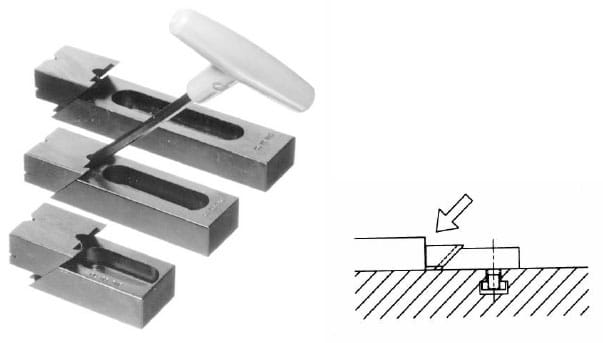 Figure 8-60. Serrated adjustable clamps grip the side of a workpiece by simultaneously pushing forward and down.
Figure 8-60. Serrated adjustable clamps grip the side of a workpiece by simultaneously pushing forward and down.
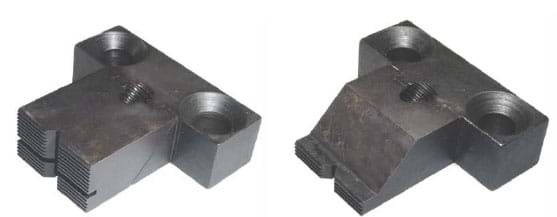 Figure 8-61. Serrated fixed edge clamps are ideal for permanent fixtures because they are mounted in a fixed position and require no adjustment.
Figure 8-61. Serrated fixed edge clamps are ideal for permanent fixtures because they are mounted in a fixed position and require no adjustment.
 Figure 8-62. Tiny Vise® edge clamps feature a slotted countersink design that applies strong clamping force with the easy turn of a hex wrench.
Figure 8-62. Tiny Vise® edge clamps feature a slotted countersink design that applies strong clamping force with the easy turn of a hex wrench.
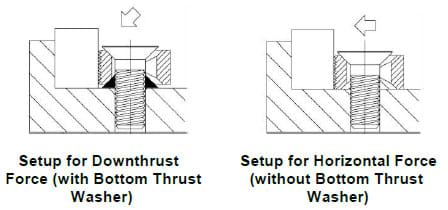 Figure 8-63. Clamps can be set up to apply force either at a downward angle or straight horizontally.
Figure 8-63. Clamps can be set up to apply force either at a downward angle or straight horizontally.
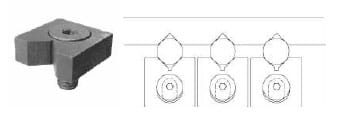 Figure 8-63. V-jaw Tiny Vise® clamps are ideal for clamping round workpieces.
Figure 8-63. V-jaw Tiny Vise® clamps are ideal for clamping round workpieces.
 Figure 8-65. Tiny Vise® double edge clamps hold two workpieces simultaneously with equal force.
Figure 8-65. Tiny Vise® double edge clamps hold two workpieces simultaneously with equal force.
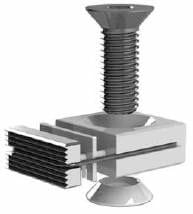 Figure 8-66. The Tiny Vise® with modular jaw design provides greater adjustability.
Figure 8-66. The Tiny Vise® with modular jaw design provides greater adjustability.
TINY VISE® Edge Clamps. These mini edge clamps grip the side of a workpiece to keep the top clear for machining. Their patented design features a slotted countersink to provide strong, reliable clamping force with the easy turn of a hex wrench, Figure 8-62. These compact clamps are ideal for fixturing multiple parts, small or large. Each clamp has both a serrated face (for maximum gripping) and a smooth face (to avoid marring finished parts). The clamps can be set up to apply force either at a downward angle or straight horizontally, as shown in Figure 8-63. All clamps are supplied with an optional bottom thrust washer. Installing this washer under the clamp will raise the clamp slightly and provide downthrust force during clamping. If no downthrust force is required, install the clamp without the bottom thrust washer. Doing so will improve clamping speed because fewer screw turns are required. The Tiny Vise® is also available with a V configuration, Figure 8-64. The V-jaw version is ideal for clamping round workpieces. The 90° V jaw can also be used to clamp a rectangular workpiece from two directions with a single clamp at its corner. Tiny Vises® are also available in
double-sided versions, Figure 8-65, either with or without serrations, and also in a V-jaw version.
Tiny Vise® edge clamps are also available in a modular design, Figure 8-66. This version allows adjusting the
workpiece engagement point by adding or removing spaces. This is useful when using the same fixture for
machining a family of parts, or when workpiece size can vary somewhat between batches.
Pivoting Edge Clamps. Another edge clamp, shown in Figure 8-67, is the pivoting edge clamp. Rather than
using an angular ramp to apply the holding force, these clamps have a pivot that directs the force. As shown,
these clamps are often used with a matching backstop unit to securely hold the workpiece between two jaw
elements.
 Figure 8-67. Pivoting edge clamps and backstops.
Figure 8-67. Pivoting edge clamps and backstops.